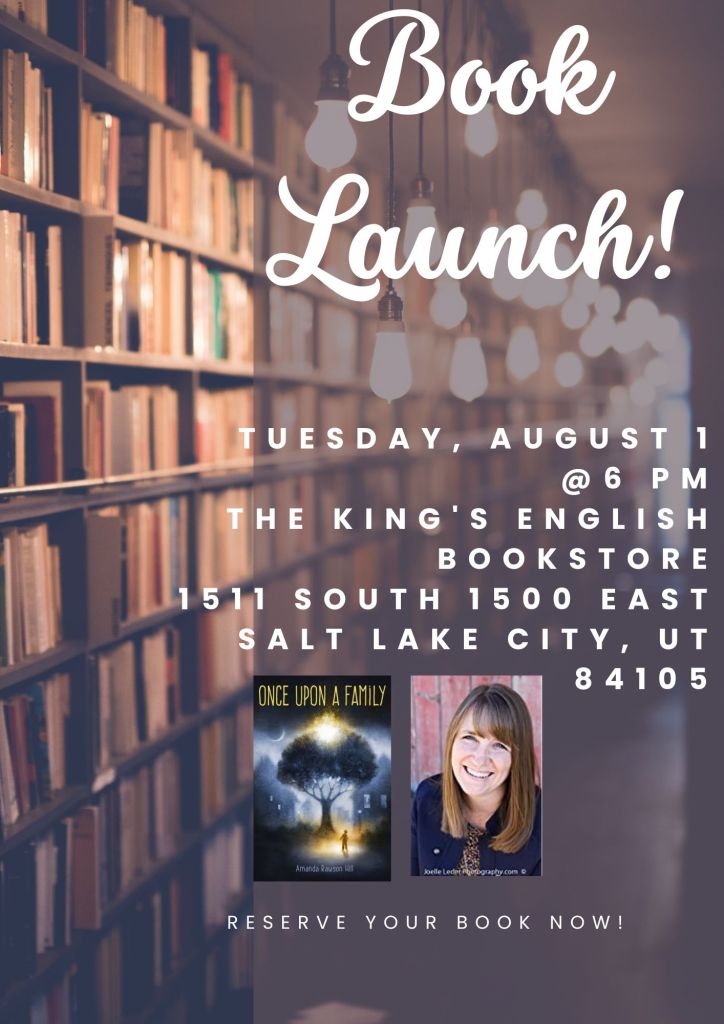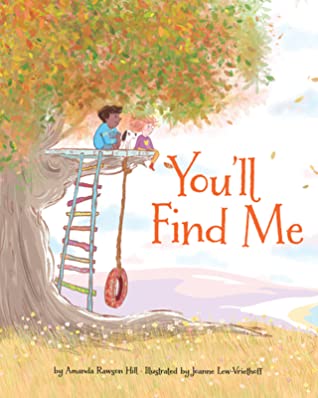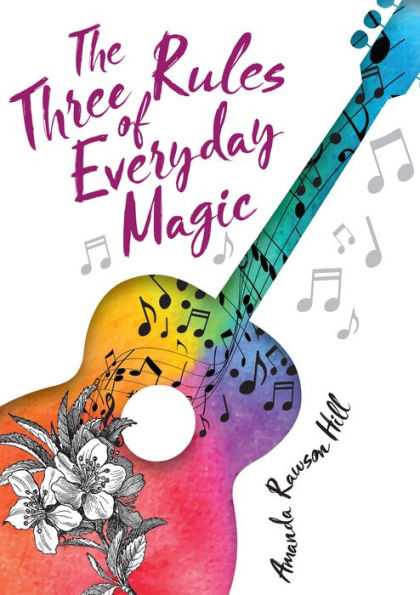As promised, here is another blog post about what I’m noticing as I read our requests. You can find part 1 here and part 2 here.
Show don’t tell is probably the most common advice of the writing world. But it’s really hard to get it just right. That’s because showing vs. telling is more like a balancing act than a rule. More a spectrum than a dichotomy. So I’m going to try and lay out spots on that spectrum and tell you a bit about when they work and when they don’t and the risks involved. Okay? Okay.
1. Flat out telling. This is the easiest to spot. It’s when you just flat out name an emotion. I felt sad. She was happy. Except, as writers, we always try to disguise it, right? So we say, “his eyes were sad.” (Sorry, still telling.) Or, “Her hands twitched nervously.” (That’s telling too. Basically, almost all adverbs are flat out telling.) When you name the emotion, even when you try to hide it in physical reactions (My blood pulsed with anger.) It’s STILL telling.
Doing this OCCASIONALLY is okay. It’s not a deal breaker. Especially if you can do it lyrically. For example, something like, “She felt as if all the happiness in the world could shine out of her hair and her fingertips at theat very moment.” (Okay, that’s nor super lyrical, I’m flying by the seat of my pants here. But you get the picture.) It can work, very occasionally, in small doses, with the right voice. Also, a third person narrator who is almost their own character in the story can get away with a lot more telling than any other kind of narrator. You still have to watch it, of course, but they can bend the show don’t tell rule a bit more than others.
2. Info-Dump Dialogue. This is when characters spill all the beans about exactly what they are feeling and thinking just because another character asks. Unless this is the climax of your story and your MC is getting their secret shame off their chests, DON’T DO THIS EVER! How often do people ever say exactly what they mean and exactly what they are thinking and everything they are thinking. We will learn a lot more about your character by what they choose to divulge and what they choose to hold on to and not tell anyone, than by you simply having them tell everything and then follow it up with, “It was embarrassing.” Or, “I’m so pissed.”
3. Cliché physical reactions. There are good physical reactions that are showing and then there are cliché ones that are so obvious or overused that they feel almost like flat out telling. The racing heart, the sick stomach, the crossed arms, the tapping foot, the bully smashing his fist into his other hand. You get the picture. Always try to avoid the cliché physical response, if possible. If you can’t, try to find a new way to say it. In my debut, I have a scene where the MC is feeling upset and she says that her stomach feels like a whole swarm of fruitflies are buzzing in it waiting to come up and swarm on the big watermelon-colored bow her ex-best friend is wearing. Am I still talking about an upset stomach? Yes. But is it different enough that it doesn’t feel totally cliché? I hope so…
4. Internalization. You have to let the reader into your MC’s thoughts. You have to. But not every single one. If we hear every single thought, then that is another form of telling. Your MC can tell us just as much (if not more) about how she’s feeling about things by what she doesn’t say or doesn’t comment on. You can show that something hurts her by having her REFUSE to comment on it. You can show us she’s hiding something without having her think, “I can’t tell her that.” Perhaps instead you can show her purposely redirect the conversation.
This is where show v. tell becomes a balancing act. I am really good at telling you things by what my MC doesn’t say. My agent loves it and compliments it every time. Several editors…not so much. They felt like they couldn’t connect to the character because they didn’t know what she was feeling. And so you have to be careful with this. Like I said before, internal thoughts are VITAL. But too many, or too direct of internal thoughts, can kill tension and just feel like blah,blah, blah, and not allow the reader to put pieces together themselves. And readers love putting pieces together themselves!!! Look at all the Harry POtter discussion groups and fan theories. Readers eat that stuff up!
If you’re like me and have a hard time knowing when you need to let readers into the MC’s head more, have somebody do a special beta read for you and mark every single instance they don’t know what your character is feeling. This is now standard procedure for me. It changed my writing and took it to a whole new level.
5. Similes and the word ‘felt.’ I’ll be honest. I love using similes and comparisons in my writing. Instead of saying, “I felt happy.” I love saying, “I felt like a thousand balloons were lifting me up into the air.” Oh, you get so much more of an actual feeling out of that. Oh, she’s feeling THAT way. But it still is a form of a telling and if you do it too much, it starts getting telly and long winded. So save them for real emotional punch and don’t have too many too close together. And if possible, drop the word felt. Similies and comparisons are a TOOL that can be abused. So try to find the right balance. There’s no set rule for this. Different voices have different allowances for when it becomes too much. Just feel it out and get a really good CP to tell you when you’ve gone overboard.
6. Non-Cliché physical reaction – We’ve now come firmly over to the showing side of the spectrum. I highly recommend the emotion thesaurus for ideas on how to do this well. A physical reaction isn’t just things like upset stomachs or tingly toes or glancing eyes. It can be breaking the eraser off your pencil, biting the inside of your cheek, kicking a rock on the ground, stomping too hard on the gas pedal, leaning back against a chair, etc. I’ve found that when I’m having a hard time writing non-cliché physical reactions, it’s because I haven’t filled out the setting enough. I haven’t given my characters enough props in their surroundings to work with. Once my characters are interacting with the environment, this gets a lot easier.
But it CAN be overdone. I actually got so good at this in my first book that people read and were like, “All these physical reactions are really slowing down your dialogue and story. We don’t need a physical reaction for EVERYTHING.” So once again, we have that terrible word BALANCE. A physical reaction can only go so far. Sometimes, you have to throw in a simile or an internal thought to really fill it out and bring it home. That beta read for knowing how your MC is feeling will help with this.
7. Objective Correlative. This is like pro-level showing. It’s all about communicating how your MC feels by the way they view the world around them. So, if your MC is feeling happy, how might they describe the rain? “Rain drops tinkled on my window pane like a thousand fairy bells whispering their promises of secrets, play, and magic still alive in the world.” But what if your MC is feeling hopeless? “The rain dragged down my window pane, covering the world outside in mud and slush.” Totally different vibes, right? But do you feel what the MC is feeling? Totally!
Can you simply use Objective Correlative through out your entire story and nothing else? Heck no! We still need internal thoughts and physical reactions and some similes and dialogue. OC is a tool. But it can’t be your only tool. If it’s the only thing you use, we might always be left wondering exactly what your MC is feeling and there will be some definite disconnect.
So basically, show vs tell is hard because it is a balance. Sometimes, telling is called for. Sometimes showing can go too far and actually disconnect the reader. Good CP’s will help!









